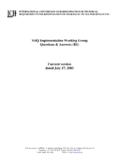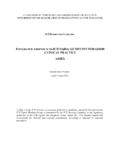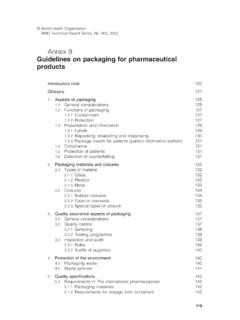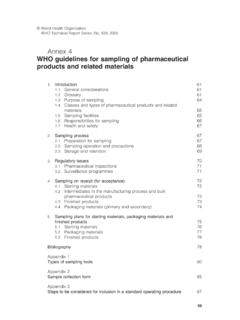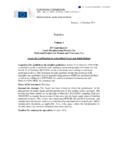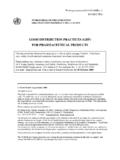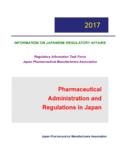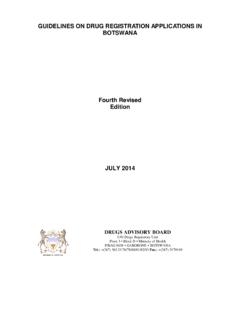Transcription of Annex 2 Stability testing of active pharmaceutical ...
1 87 World Health OrganizationWHO Technical Report Series, No. 953, 2009 Annex 2 Stability testing of active pharmaceutical ingredients and fi nished pharmaceutical products1. Introduction Objectives of these guidelines Scope of these guidelines General principles2. guidelines active pharmaceutical ingredient .. General Stress testing Selection of batches Container closure system Specifi cation testing frequency Storage Stability commitment Evaluation Statements and labelling Ongoing Stability studies Finished pharmaceutical product General Selection of batches Container closure system Specifi cation
2 testing frequency Storage conditions Stability commitment Evaluation Statements and labelling In-use Stability Variations Ongoing Stability studies3. GlossaryReferencesAppendix 1 Long-term Stability testing conditions as identifi ed by WHO Member 2 Examples of testing 3 Recommended labelling Objectives of these guidelinesThese guidelines seek to exemplify the core Stability data package required for registration of active pharmaceutical ingredients (APIs) and fi nished pharmaceutical products (FPPs), replacing the previous WHO guidelines in this area (1,2).
3 However, alternative approaches can be used when they are scientifi cally justifi ed. Further guidance can be found in International Conference on Harmonisation (ICH) guidelines (3) and in the WHOguidelines on the active pharmaceutical ingredient master fi le procedure (4).It is recommended that these guidelines should also be applied to products that are already being marketed, with allowance for an appropriate transition period, upon re-registration or upon Scope of these guidelinesThese guidelines apply to new and existing APIs and address information to be submitted in original and subsequent applications for marketing authorization of their related FPP for human use.
4 These guidelines are not applicable to Stability testing for biologicals (for details on vaccines please seeWHO guidelines for Stability evaluation of vaccines (5)). General principlesThe purpose of Stability testing is to provide evidence of how the quality of an API or FPP varies with time under the infl uence of a variety of environmental factors such as temperature, humidity and light. The Stability programme also includes the study of product-related factors that infl uence its quality, for example, interaction of API with excipients, container closure systems and packaging materials.
5 In fi xed-dose combination FPPs (FDCs) the interaction between two or more APIs also has to be a result of Stability testing a re-test period for the API (in exceptional cases, for unstable APIs, a shelf-life is given) or a shelf-life for the FPP can be established and storage conditions can be analyses have been done to identify suitable testing conditions for WHO Member States based on climatic data and are published in the literature (6 9) on the basis of which each Member State can make its decision on long-term (real-time) Stability testing conditions.
6 Those Member States that have notifi ed WHO of the long-term Stability testing conditions they require when requesting a marketing authorization are listed in Appendix active pharmaceutical GeneralInformation on the Stability of the API is an integral part of the systematic approach to Stability evaluation. Potential attributes to be tested on an API during Stability testing are listed in the examples of testing parameters (Appendix 2).The re-test period or shelf-life assigned to the API by the API manufacturer should be derived from Stability testing Stress testingStress testing of the API can help identify the likely degradation products, which, in turn, can help establish the degradation pathways and the intrinsic Stability of the molecule and validate the Stability -indicating power of the analytical procedures used.
7 The nature of the stress testing will depend on the individual API and the type of FPP an API the following approaches may be used: when available, it is acceptable to provide the relevant data published in the scientifi c literature to support the identifi ed degradation products and pathways; when no data are available, stress testing should be testing may be carried out on a single batch of the API. It should include the effect of temperature (in 10 C increments ( 50 C, 60 C, etc.) above the temperature used for accelerated testing ), humidity ( 75% relative humidity (RH) or greater) and, where appropriate, oxidation and photolysis on the API.
8 The testing should also evaluate the susceptibility of the API to hydrolysis across a justifi ed range of pH values when in solution or suspension (10).Assessing the necessity for photostability testing should be an integral part of a stress testing strategy. More details can be found in other guidelines (3).Results from these studies will form an integral part of the information provided to regulatory Selection of batchesData from Stability studies on at least three primary batches of the API should normally be provided. The batches should be manufactured to a minimum of pilot scale by the same synthesis route as production batches, and using a method of manufacture and procedure that simulates the fi nal process to be used for production batches.
9 The overall quality of the batches 90of API placed on Stability studies should be representative of the quality of the material to be made on a production existing active substances that are known to be stable, data from at least two primary batches should be Container closure systemThe Stability studies should be conducted on the API packaged in a container closure system that is the same as, or simulates, the packaging proposed for storage and Specifi cationStability studies should include testing of those attributes of the API that are susceptible to change during storage and are likely to infl uence quality, safety and/or effi cacy.
10 The testing should cover, as appropriate, the physical, chemical, biological and microbiological attributes. A guide as to the potential attributes to be tested in the Stability studies is provided in Appendix Stability -indicating analytical procedures should be applied. Whether and to what extent replication should be performed will depend on the results from validation studies (11). testing frequencyFor long-term studies, frequency of testing should be suffi cient to establish the Stability profi le of the APIs with a proposed re-test period or shelf-life of at least 12 months, the frequency of testing at the long-term storage condition should normally be every three months over the fi rst year, every six months over the second year, and annually thereafter throughout the proposed re-test period or the accelerated storage condition, a minimum of three time points, including the initial and fi nal time points ( 0, 3 and 6 months), from a six-month study is recommended.
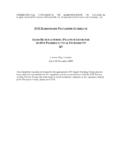
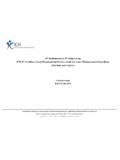
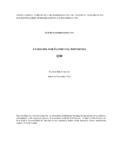
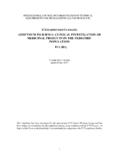
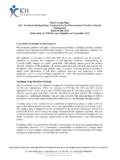
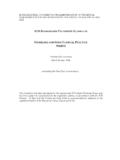
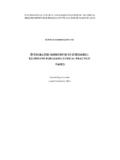
![[ICH E2F] [EXAMPLE DSUR – PHASE III …](/cache/preview/1/3/5/f/e/1/c/f/thumb-135fe1cf2cdb82799c462ad0ea089c48.jpg)
